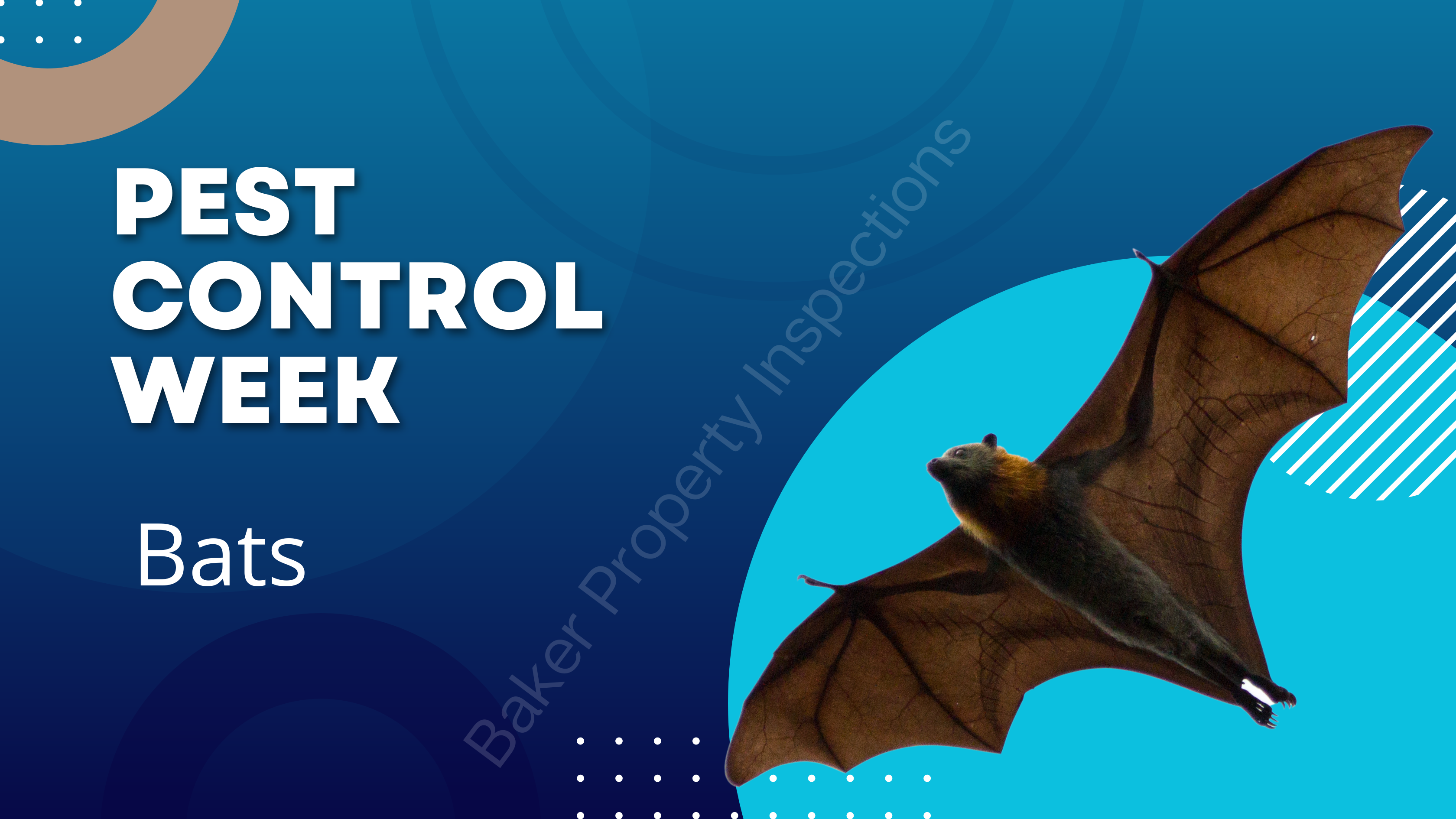Sometimes during a home inspection, I find evidence of bats, and infrequently, a little bat! These innocent creatures mean you no harm, but it’s not ideal whatsoever to have them in your attic.
Here are some things homeowners should know about bats:
Bats are beneficial: Bats are important to our ecosystem and can help control insect populations. A single bat can eat thousands of insects in one night, including mosquitoes, moths, and beetles.
Bats can carry diseases: While bats are not inherently dangerous, they can carry diseases such as rabies and histoplasmosis. If you come into contact with a bat, it’s important to seek medical attention if you have been bitten or scratched.
Bats can enter homes: Bats can enter homes through small openings, such as gaps in the roof or walls. They may roost in attics, chimneys, and other dark, enclosed spaces.
Bat droppings can cause health problems: Bat guano (droppings) can contain harmful fungi that can cause respiratory problems in humans, especially if the droppings are disturbed and the spores become airborne.
Bats are protected: Some species of bats are protected by law, so it’s important to check with your local wildlife agency before attempting to remove them from your home.
Bat removal should be left to professionals: Removing bats from your home can be dangerous and should be done by a licensed professional. Attempting to remove bats yourself can result in injury to yourself or the bats.
If you suspect that you have a bat infestation in your home, it’s important to contact a professional wildlife removal service to safely and humanely remove the bats and seal up any entry points to prevent them from returning. The professionals usually take the following steps:
Inspection: The first step is for someone to conduct a thorough inspection of the attic to determine the extent of the bat infestation and to identify all of the entry and exit points. I look for animal activity during a normal home inspection, but when I find evidence, I recommend that buyers call in a pest control company to get a quote for removal on their prospective home.
Exclusion: Once the entry and exit points have been identified, the next step is to seal them up. This is done using materials such as caulking, mesh screens, and other appropriate materials. It’s important to ensure that all potential entry points are sealed to prevent bats from re-entering the attic.
One-way devices: To safely and humanely remove the bats from the attic, professionals may use one-way devices that allow the bats to leave the attic but prevent them from re-entering. These devices are typically placed over the entry and exit points and are designed to allow bats to leave but not re-enter.
Clean-up: After the bats have been removed, the attic will need to be thoroughly cleaned and disinfected. This involves removing any bat guano (droppings) and other debris, and sanitizing the area to eliminate any potential health hazards.
It’s important to note that removing bats from an attic can be a dangerous and complex process that should only be attempted by licensed and experienced professionals. Additionally, some species of bats are protected by law, so it’s important to check with your local wildlife agency before attempting to remove them from your home.
Learn more about these fascinating creatures: https://www.michigan.gov/dnr/education/michigan-species/mammals/bats
If you suspect you have bats in the attic, Southwest Michigan Wildlife Removal can help. They are located out of Paw Paw but have a wide service area. https://www.southwestmiwildliferemoval.com/
www.bakerpropertyinspections.com
#FriendlyExperiencedThorough

